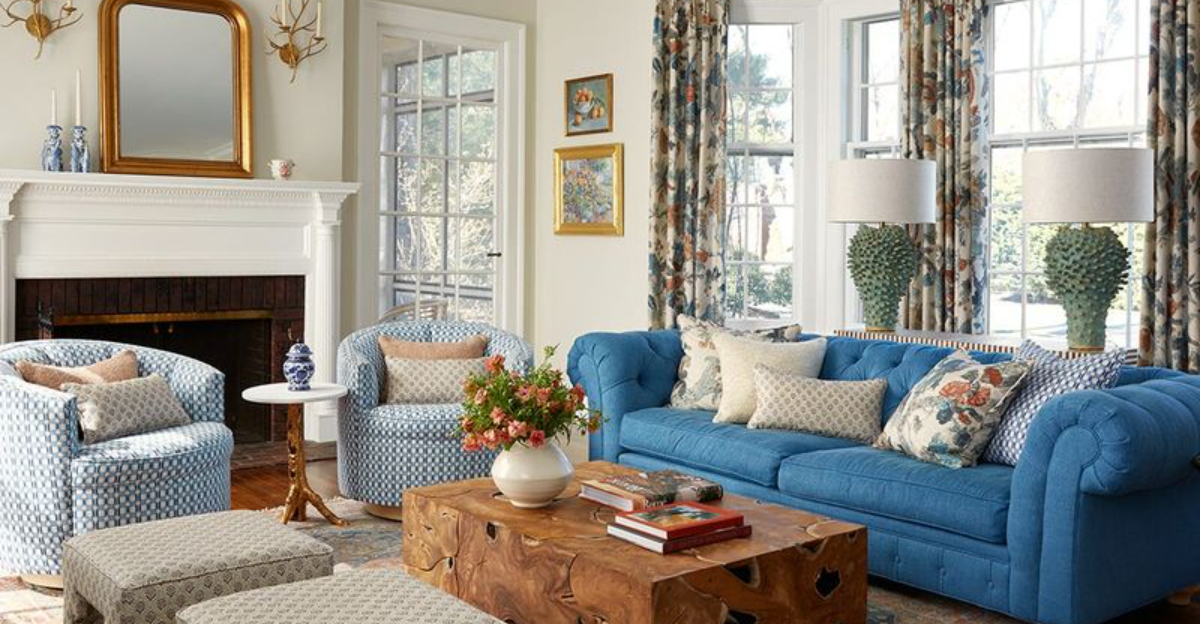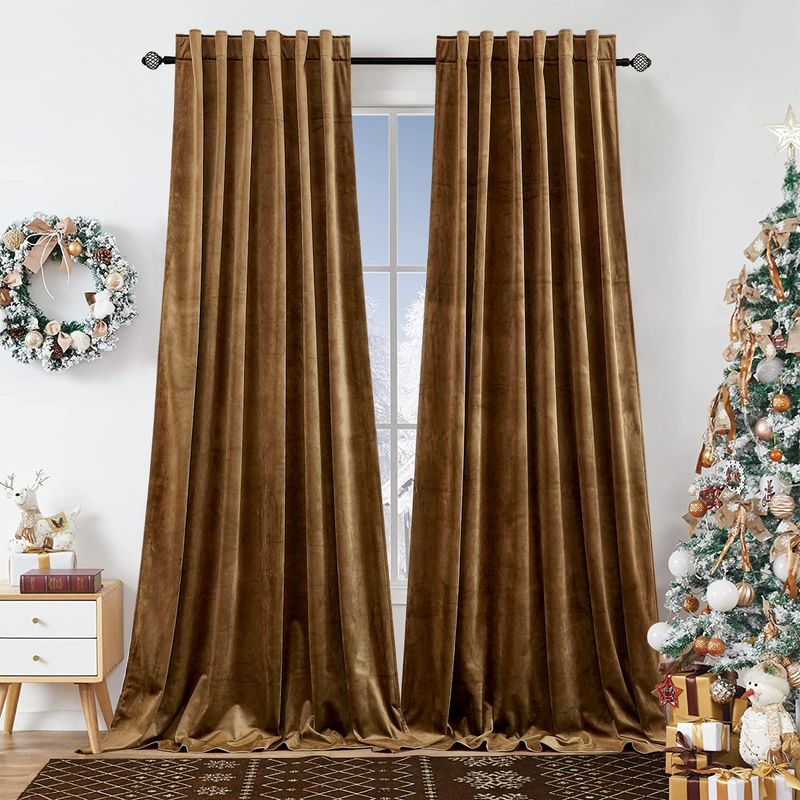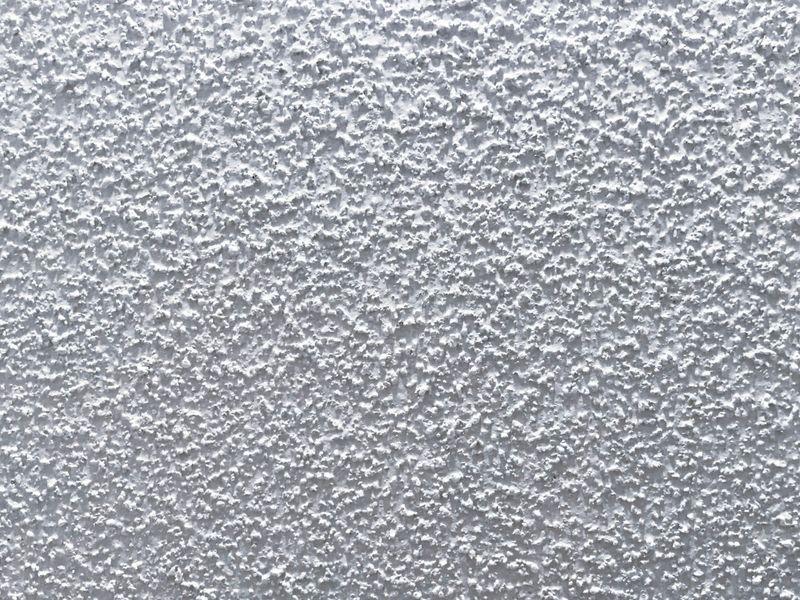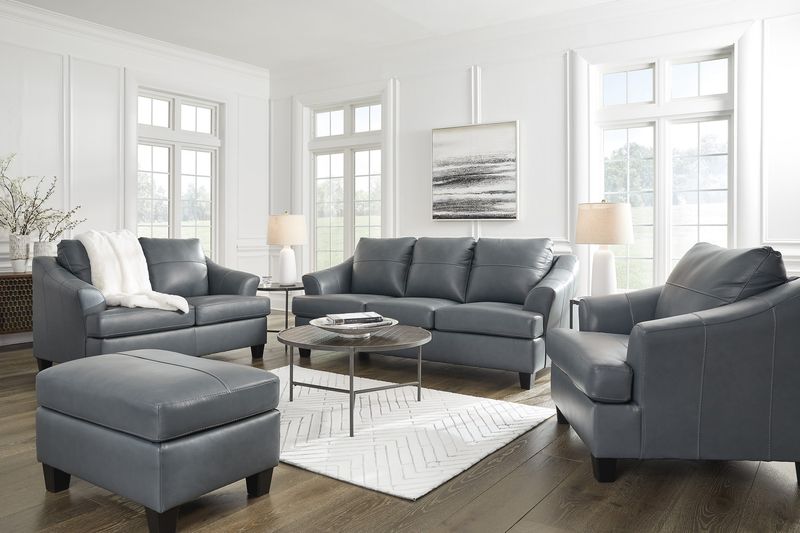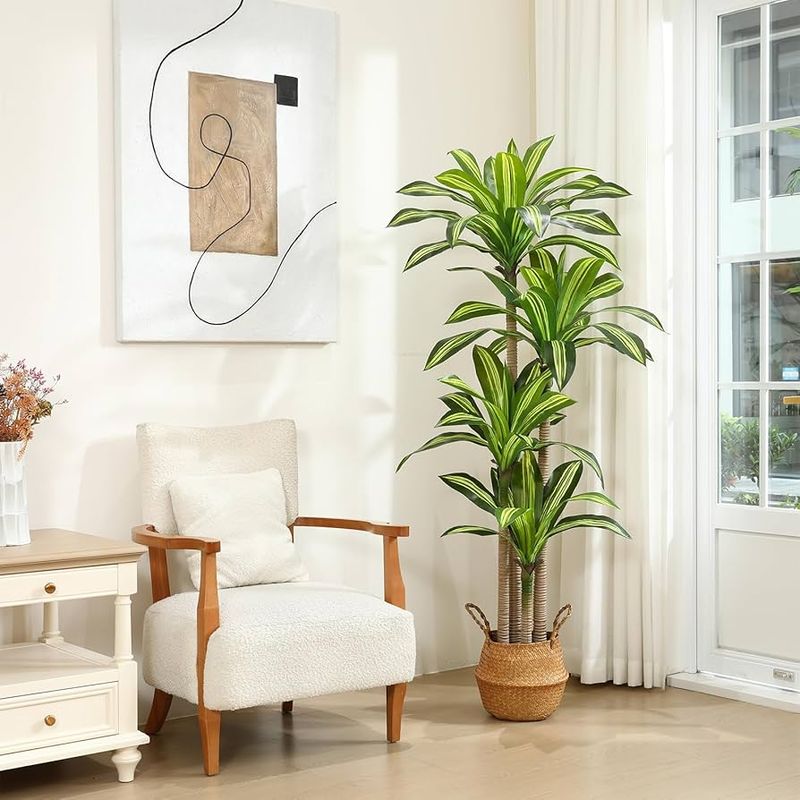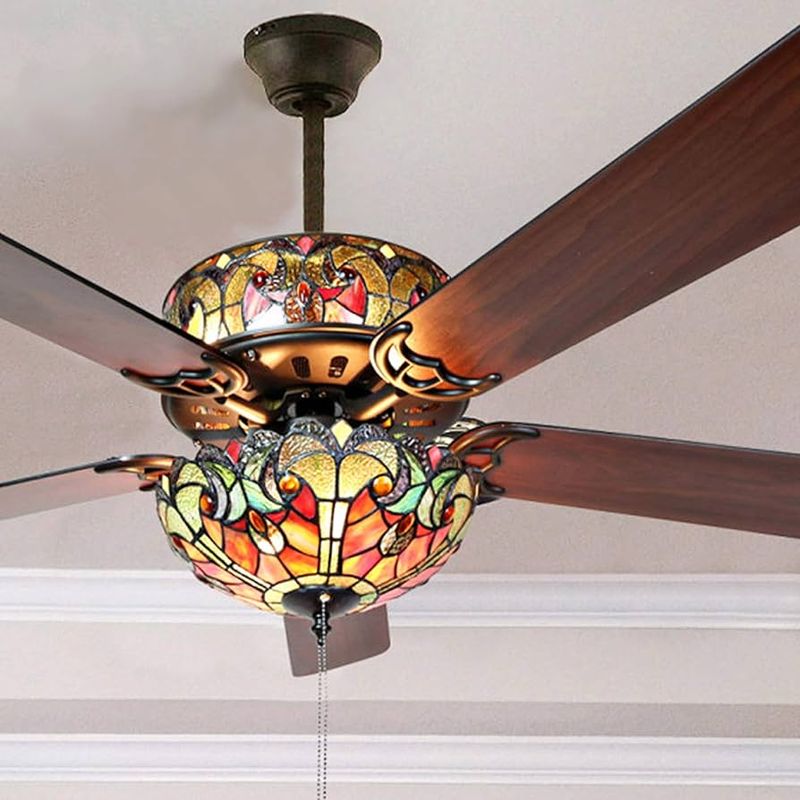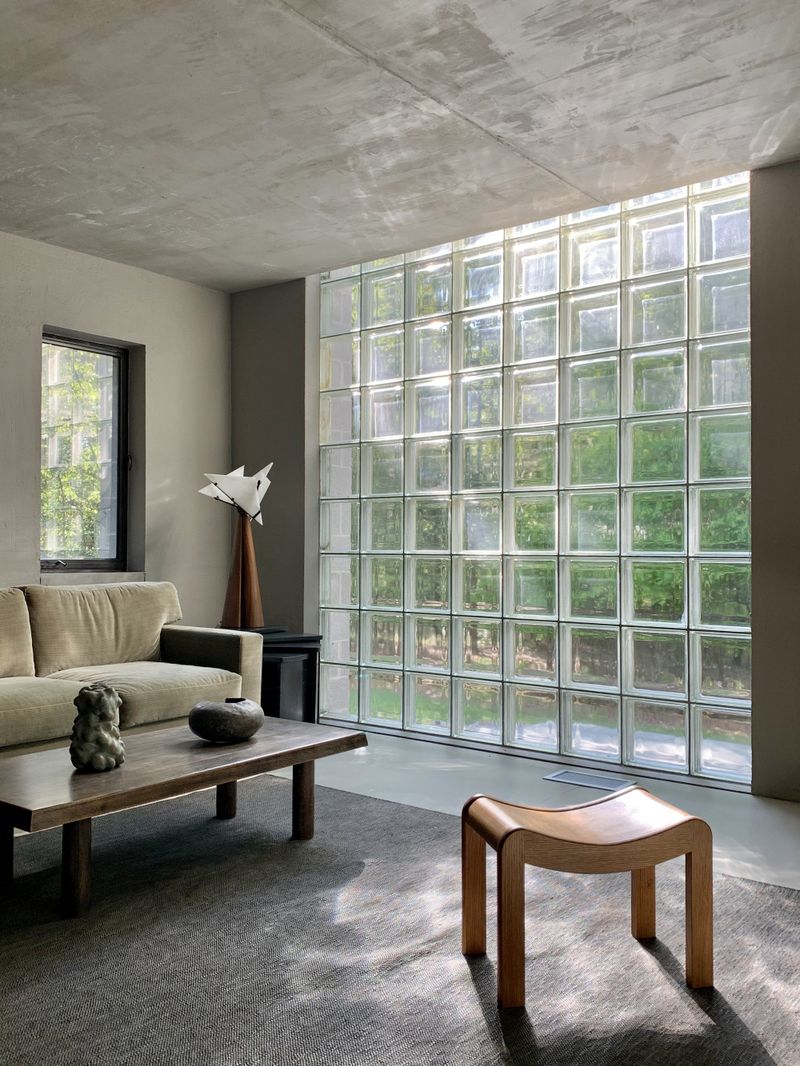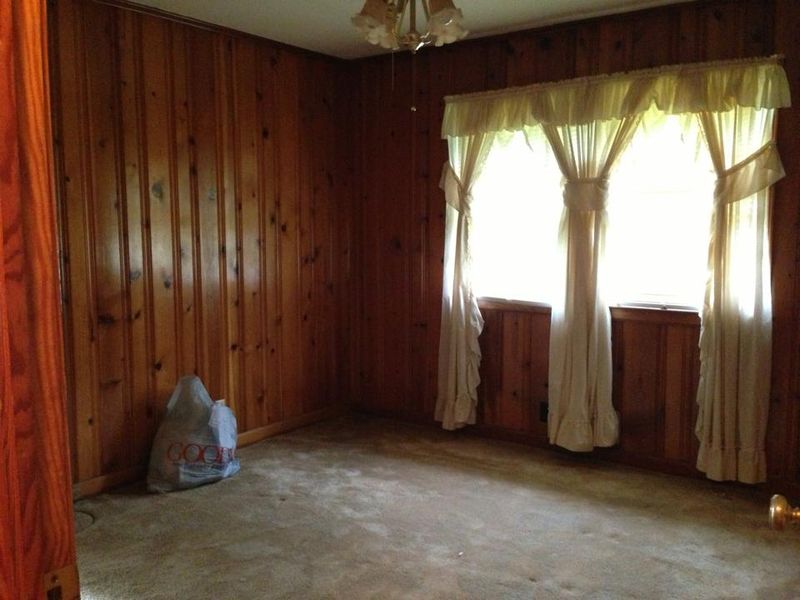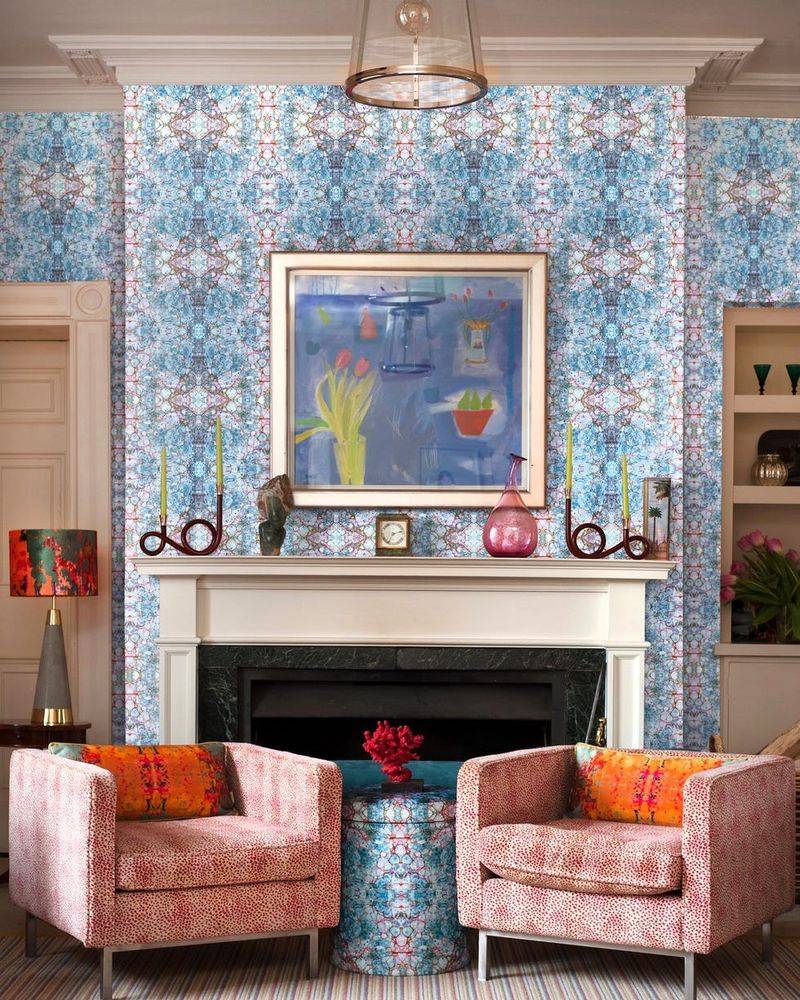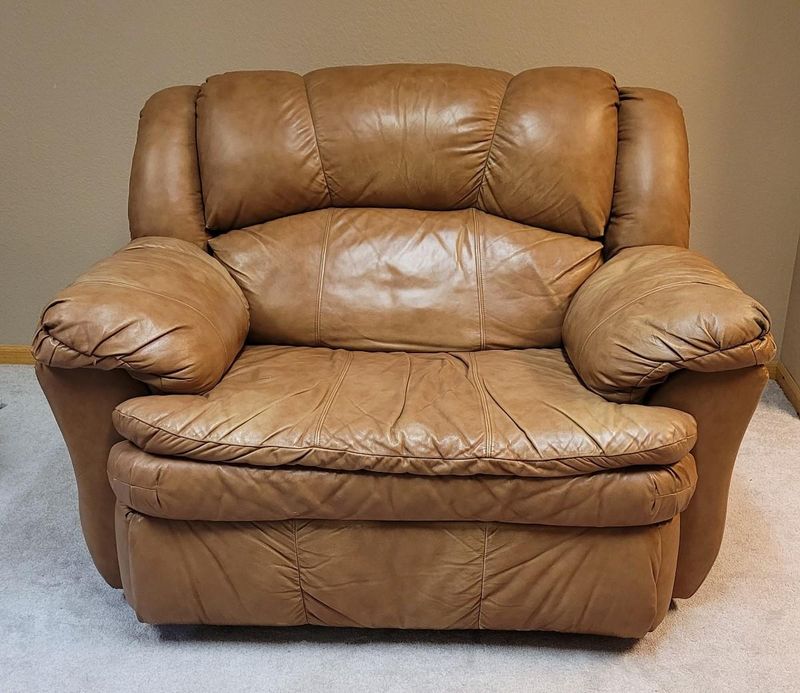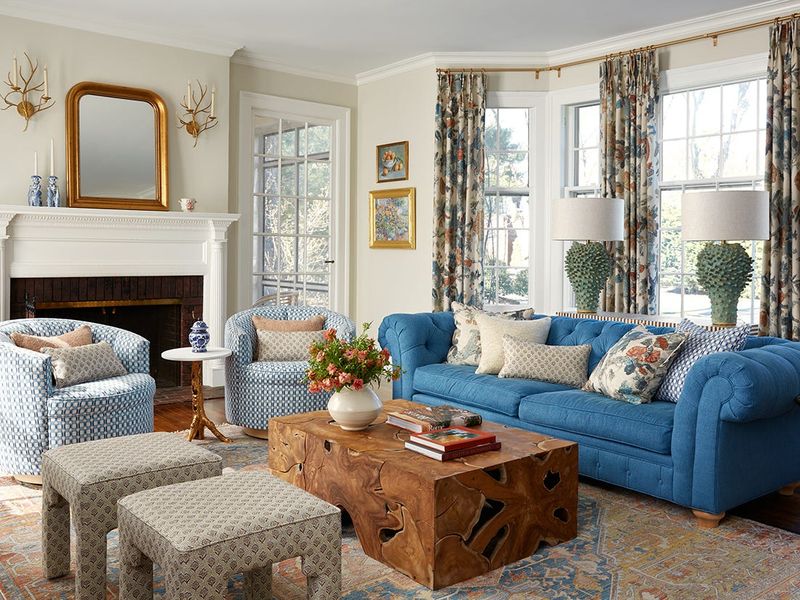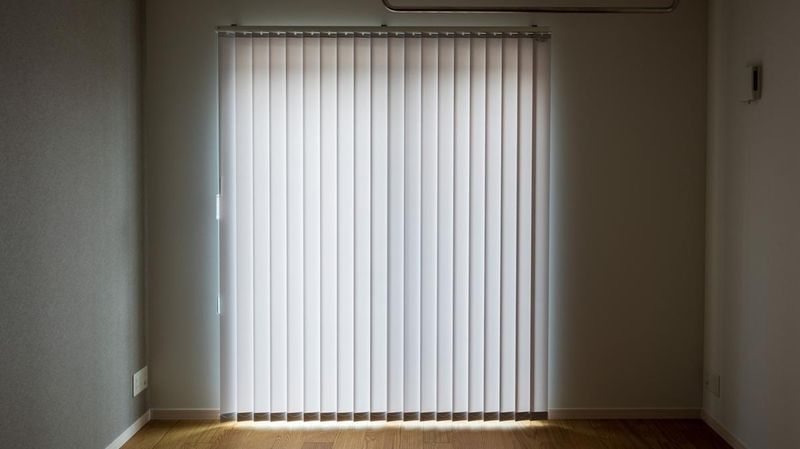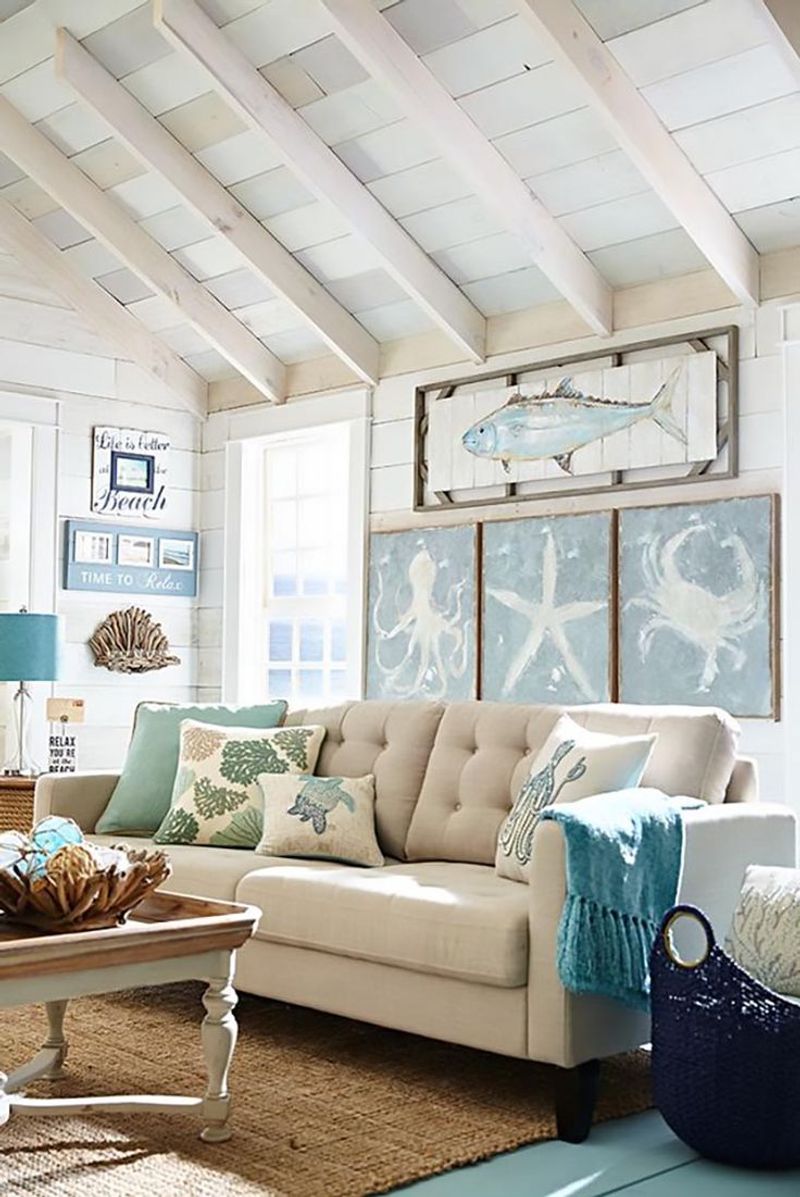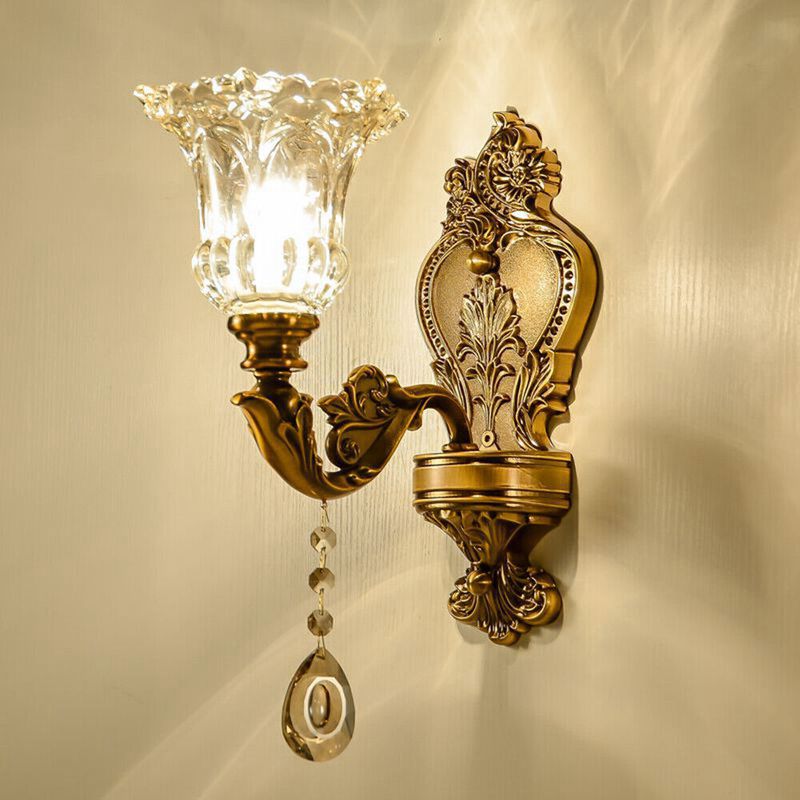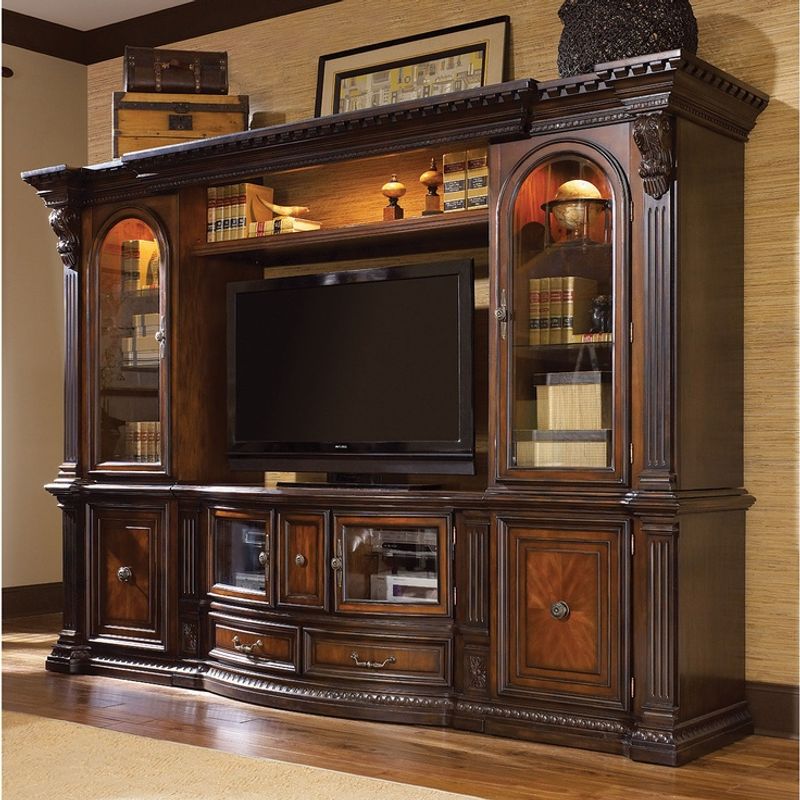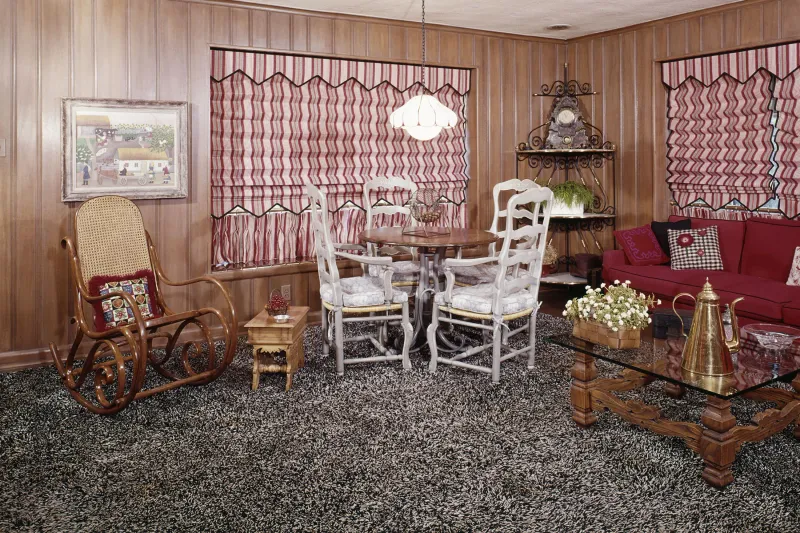Some living room features just won’t let go – but designers are ready to see them out the door.
From clunky media units to awkward furniture layouts and tired color schemes, certain design choices are seriously dating your space. And while some trends are simply past their prime, others were never a great idea to begin with.
If your living room feels stuck in the past, these 10 outdated features (plus 5 extra offenders) are the ones to rethink right now.
1. Heavy Drapes
Gone are the days when thick, ornate curtains with tassels and valances were the height of luxury. Modern designers favor lightweight, flowing fabrics that allow natural light to filter through.
These bulky window treatments not only collect dust but make rooms feel smaller and darker. Swap them for simple panels, roman shades, or even minimalist blinds for an instant room refresh.
2. Popcorn Ceilings
Remember those bumpy, textured ceilings that were all the rage in the 70s and 80s? Well, they’re now considered the quickest way to date your living room.
What was once a practical solution for hiding imperfections has become a design eyesore. Besides collecting dust and being difficult to clean, these textured ceilings make spaces feel less polished and refined.
3. Matching Furniture Sets
Purchasing an entire living room suite might seem convenient, but it’s a design approach that screams outdated.
Today’s designers emphasize thoughtfully curated spaces with complementary pieces that tell a story. Mixing textures, materials, and even design eras creates a more interesting, lived-in space that reflects your personal style journey.
4. Fake Plants
While artificial greenery might seem like a low-maintenance alternative, those dusty silk arrangements fooling nobody have lost their appeal. Designers unanimously agree that plastic plants date a room instantly.
The good news? Today’s low-maintenance houseplants like snake plants, pothos, and ZZ plants thrive with minimal attention. If you truly can’t keep plants alive, high-quality paper or fabric botanicals have come a long way and look much more realistic than their plastic predecessors.
5. Ornate Ceiling Fans
Ceiling fans with elaborate detailing, frosted glass light covers, and fake wood blades are firmly in design’s past. These fussy fixtures with their multiple finishes and Victorian-inspired details clash with today’s cleaner aesthetic.
If you need overhead air circulation, opt for a simple design that blends with your ceiling rather than becoming an unwanted focal point drawing attention to itself.
6. Glass Block Windows
Those chunky glass blocks that were once considered the height of 80s and 90s architectural innovation now scream “time for a renovation.” While they do provide privacy, they’ve become a dated feature that limits natural light.
Current design favors clean window lines with minimalist treatments. If privacy is concerned, consider frosted glass, modern window films, or simple shades that maintain the clean architectural lines while still protecting from prying eyes.
7. Dark Wood Paneling
Those chocolate brown wood panels that once lined den walls have long overstayed their welcome. Dark paneling makes spaces feel smaller, darker, and stuck in a 1970s time capsule.
White paint transforms these dated walls instantly, brightening the entire room. If you appreciate wood’s warmth, consider modern alternatives like light wood accent walls or architectural panels in contemporary patterns that add texture without the cave-like effect.
8. Busy Wallpaper
Remember those small floral prints and intricate patterns that covered walls from floor to ceiling? While wallpaper has made a comeback, those busy, small-scale patterns feel hopelessly stuck in the past.
Modern wallpaper trends favor bold statements, large-scale patterns, or textured solids. If you’re wallpaper-curious, designers suggest using it on a single accent wall rather than wrapping the entire room, creating interest without overwhelming the space.
9. Oversized Recliners
Comfort shouldn’t mean compromising style, yet those massive puffy recliners that dominated 90s living rooms do exactly that. Often upholstered in dated fabrics and featuring bulky silhouettes, these chairs scream “outdated man cave.”
Today’s recliners come in streamlined profiles with cleaner lines and more sophisticated upholstery options. You can still put your feet up without sacrificing the aesthetic appeal of your living space.
10. Oversized Coffee Tables
Those massive coffee tables that dominate the center of living rooms have fallen out of favor with designers. Often chunky and disproportionately large, these tables eat up valuable floor space and disrupt flow.
Current trends favor appropriately scaled tables or even flexible arrangements using nesting tables or poufs. This approach creates more versatile seating arrangements and allows for better traffic patterns, especially important in today’s multifunctional living spaces.
1. Vertical Blinds
Nothing says “rental apartment circa 1995” quite like those clattering plastic slats hanging from sliding glass doors. Vertical blinds are functional but have fallen firmly into the outdated category with their institutional feel.
Modern alternatives include ripple-fold drapery, panel systems, or even sleek roller shades designed for large openings. These options provide the same privacy and light control while adding style rather than detracting from your living space.
2. Themed Decor
When your living room screams “beach house” despite being in the suburbs, you’ve fallen into the themed decor trap. Those rooms with excessive nautical elements, Tuscan-inspired everything, or tropical overload lack subtlety and sophistication.
Current design favors incorporating influences in more nuanced ways. Instead of 20 seahorse figurines, perhaps a single piece of coral on a shelf and a blue color palette can provide that coastal feel without turning your living room into a themed restaurant.
3. Outdated Sconces
Those brass or polished bronze wall lights with frosted glass shades instantly age your living room. Often featuring ornate details or faux candle designs, these fixtures became ubiquitous in 80s and 90s homes.
Contemporary sconces feature clean lines, interesting materials, and more architectural presence. Updating these small lighting elements can have a surprisingly significant impact on your living room’s overall feel without requiring major renovations.
4. Oversized Entertainment Centers
Those massive wall units that dominated living rooms in the 90s and early 2000s have definitely had their day. With flat-screen TVs and streaming services, there’s simply no need for these bulky furniture pieces anymore.
Instead of these room-dominating giants, designers recommend sleek media consoles or wall-mounted solutions. The extra floor space creates a more open, breathable living environment that feels contemporary and uncluttered.
5. Wall-to-Wall Carpeting
Walking on clouds of plush carpet might have been the dream decades ago, but designers now cringe at wall-to-wall carpeting in living spaces. Not only does it harbor allergens and stains, but it lacks the sophistication of modern flooring options.
Hardwood, luxury vinyl plank, or even polished concrete floors paired with strategically placed area rugs offer more style and flexibility.

